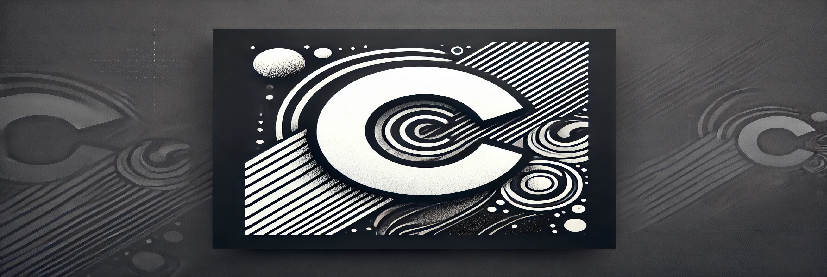Objective
The objective of this program is to provide a solution for a given Sudoku puzzle using a backtracking algorithm. The program will take a partially filled 9×9 Sudoku grid as input and attempt to fill it according to the rules of Sudoku, ensuring that each row, column, and 3×3 subgrid contains all digits from 1 to 9 without repetition.
C Code for Sudoku Solver
#include
#include
#define N 9
bool isSafe(int grid[N][N], int row, int col, int num) {
for (int x = 0; x < N; x++) {
if (grid[row][x] == num || grid[x][col] == num ||
grid[row - row % 3 + x / 3][col - col % 3 + x % 3] == num) {
return false;
}
}
return true;
}
bool solveSudoku(int grid[N][N]) {
int row, col;
bool empty = true;
for (row = 0; row < N; row++) {
for (col = 0; col < N; col++) {
if (grid[row][col] == 0) {
empty = false;
break;
}
}
if (!empty) break;
}
if (empty) return true;
for (int num = 1; num <= N; num++) {
if (isSafe(grid, row, col, num)) {
grid[row][col] = num;
if (solveSudoku(grid)) {
return true;
}
grid[row][col] = 0; // backtrack
}
}
return false;
}
void printGrid(int grid[N][N]) {
for (int row = 0; row < N; row++) {
for (int col = 0; col < N; col++) {
printf("%d ", grid[row][col]);
}
printf("\n");
}
}
int main() {
int grid[N][N] = {
{5, 3, 0, 0, 7, 0, 0, 0, 0},
{6, 0, 0, 1, 9, 5, 0, 0, 0},
{0, 9, 8, 0, 0, 0, 0, 6, 0},
{8, 0, 0, 0, 6, 0, 0, 0, 3},
{4, 0, 0, 8, 0, 3, 0, 0, 1},
{7, 0, 0, 0, 2, 0, 0, 0, 6},
{0, 6, 0, 0, 0, 0, 2, 8, 0},
{0, 0, 0, 4, 1, 9, 0, 0, 5},
{0, 0, 0, 0, 8, 0, 0, 7, 9}
};
if (solveSudoku(grid)) {
printGrid(grid);
} else {
printf("No solution exists\n");
}
return 0;
}
Program Structure Explanation
The program consists of several key functions:
- isSafe: This function checks if it’s safe to place a number in a given cell by ensuring that the number does not already exist in the current row, column, and 3×3 subgrid.
- solveSudoku: This function implements the backtracking algorithm. It looks for an empty cell (represented by 0) and attempts to place each number (1-9) in that cell. If a number leads to a solution, it returns true; if not, it backtracks and tries the next number.
- printGrid: This function prints the Sudoku grid to the console.
- main: This function initializes a sample Sudoku grid and calls the solver function. It also handles the output of the solved grid or a message indicating that no solution exists.
How to Run the Program
- Copy the C code into a text file and save it as sudoku_solver.c.
- Open a terminal (command prompt) and navigate to the directory where the file is saved.
- Compile the program using a C compiler, such as gcc:
gcc sudoku_solver.c -o sudoku_solver - Run the compiled program:
./sudoku_solver - The program will display the solved Sudoku grid in the terminal.

